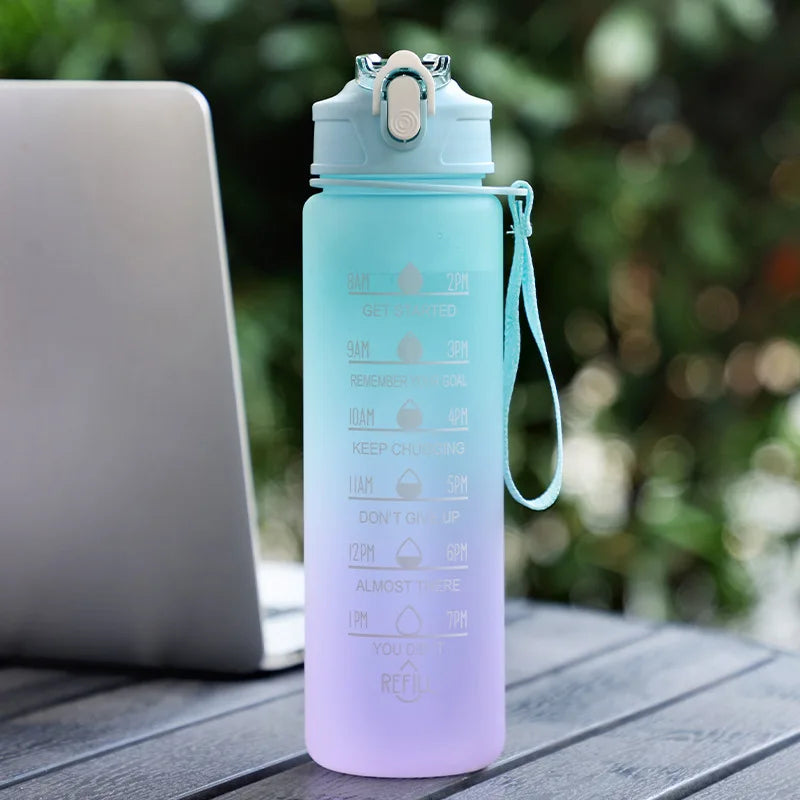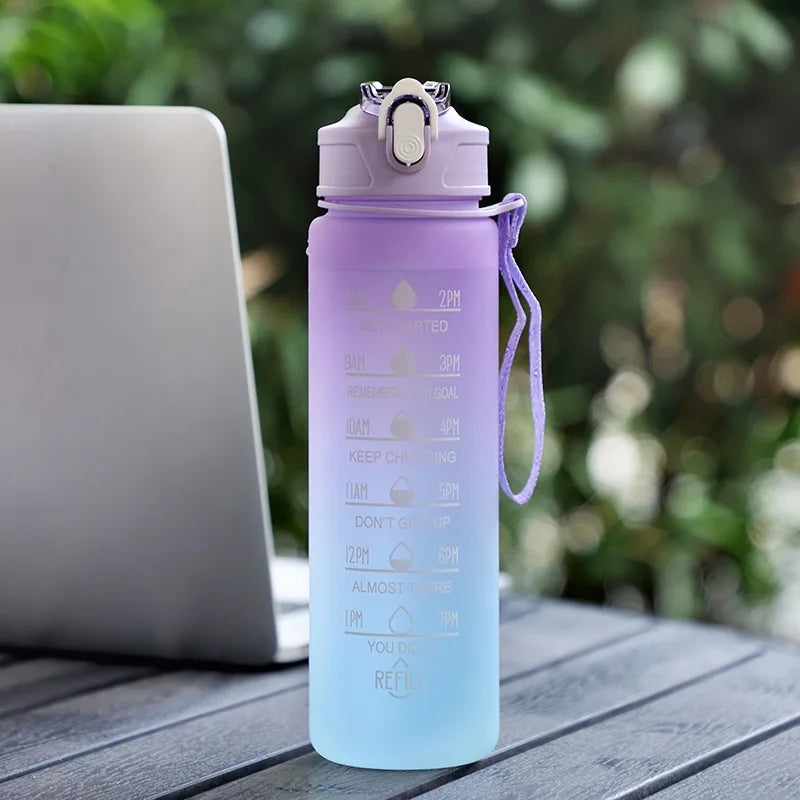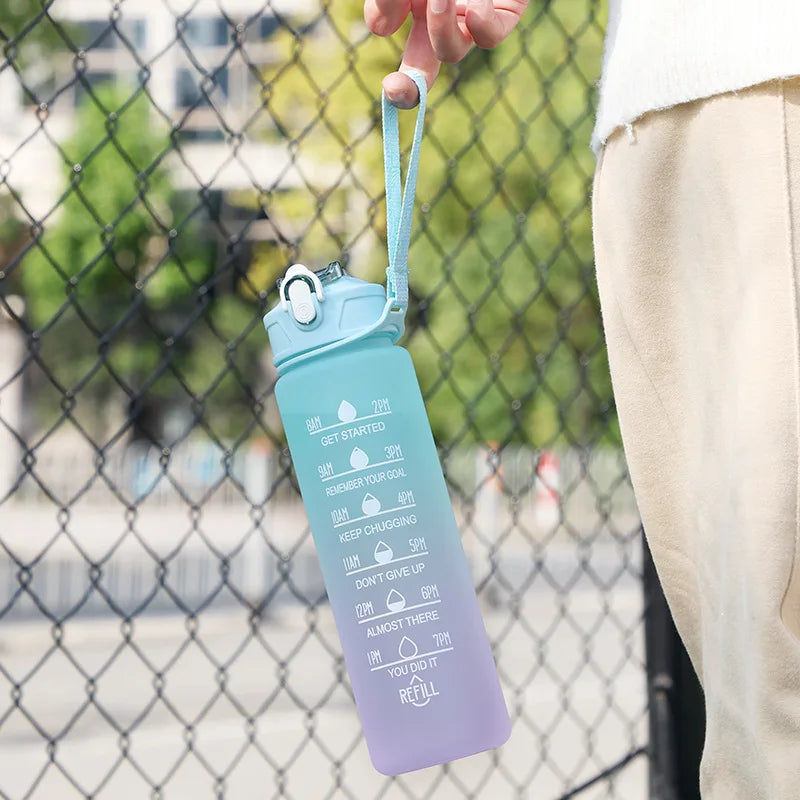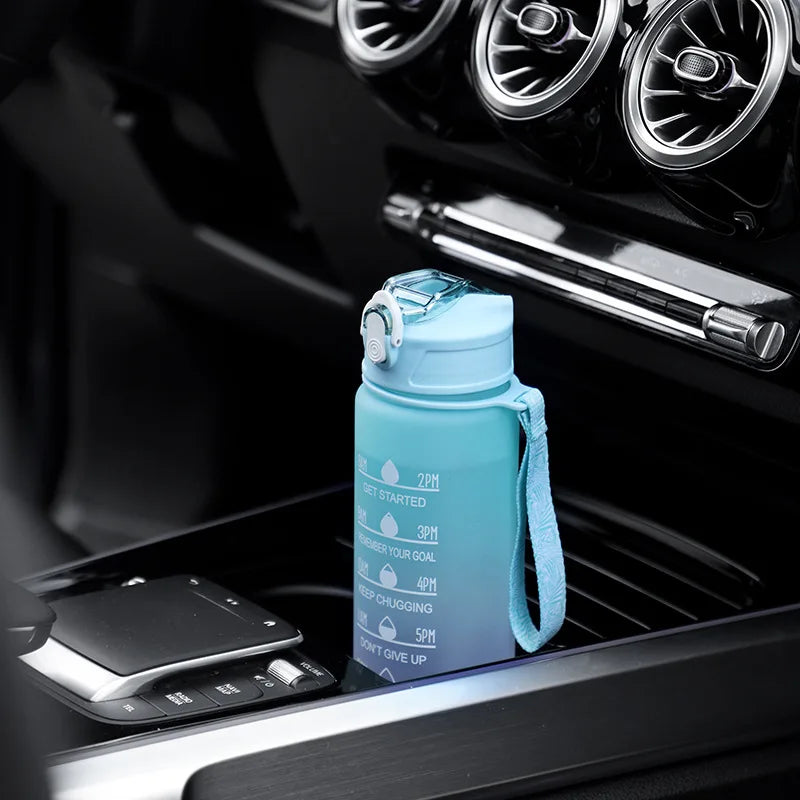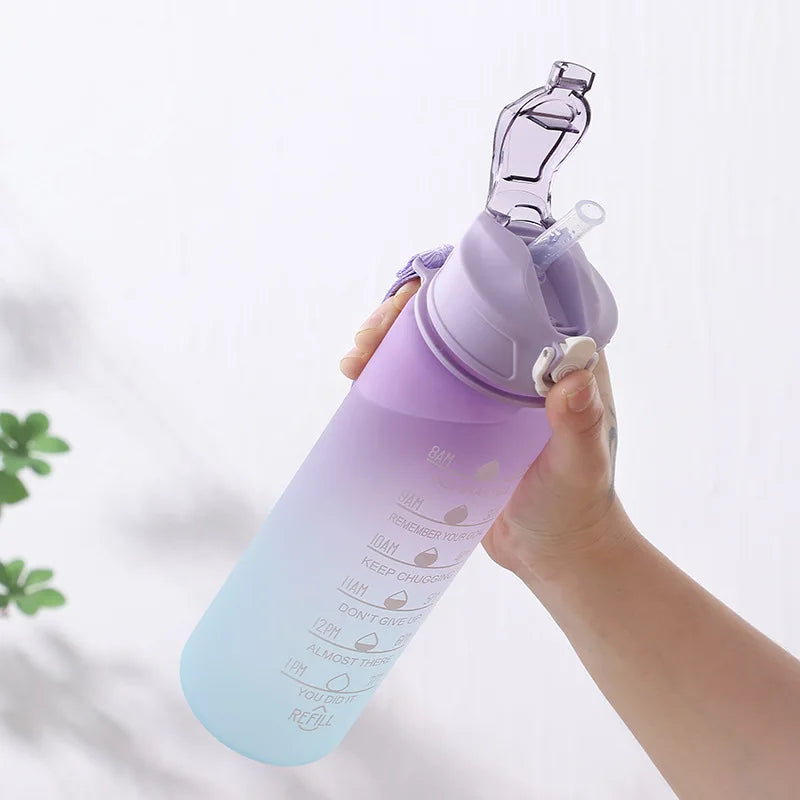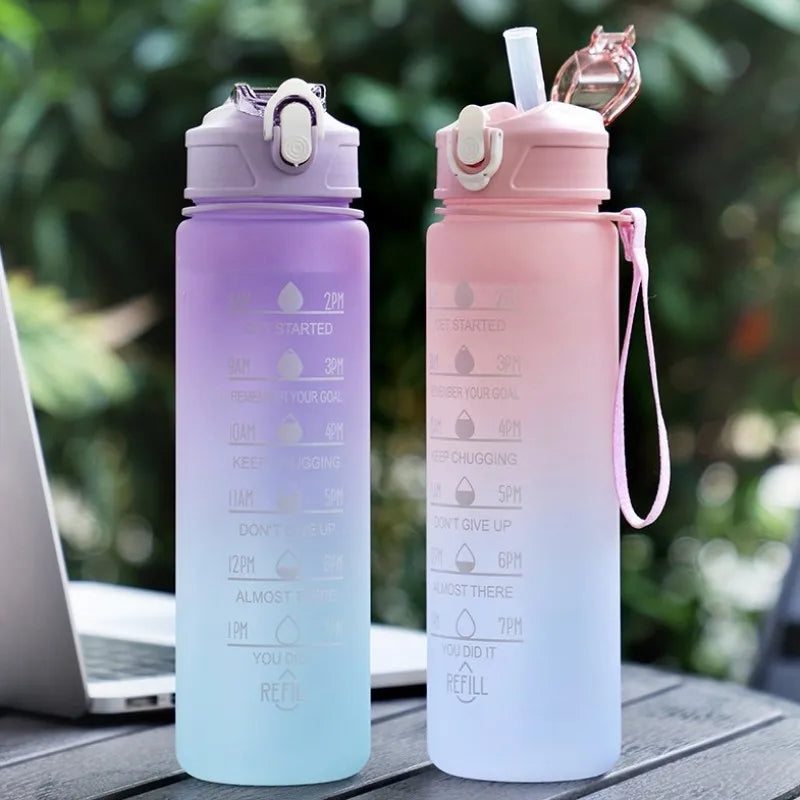
Choosing The Best Sunscreen - 15 Key Terms To Know
You can’t avoid the Sun. So ample use of sunscreen can make a big difference in your skin health over the long run.
Being consistent in your sunscreen application may not only delay visible signs of aging but also prevent melanoma and other skin cancers.
In a clinical study, researchers found that subjects who applied a daily broad-spectrum sunscreen (SPF 15 or higher) and were diligent about its reapplication - reduced their skin aging signs by 24%.
As with other skincare products, it’s challenging to know which sunscreen products are best. This is particularly true with so many sunscreen myths that persevere through the internet.
Here are 15 terms you should know to help your understanding when purchasing sunscreen.
1. CHEMICAL SUNSCREEN
These sunscreens use chemicals to absorb and block out the Sun’s UV rays. Commonly used ingredients include Mexoryl SX & XL, Tinosorb M., Avobenzone, and Oxybenzone.
2. MINERAL SUNSCREEN
Also known as physical sunscreens, these work by blocking UV rays with mineral filters. Two commonly used filters are zinc oxide and titanium dioxide.
Some believe mineral sunscreens are less irritating than chemical sunscreens since they don’t penetrate the skin and have fewer irritants or potential allergens. They come in both white or bright/clear colors.
3. SPF (SUN PROTECTION FACTOR)
SPF is a comparison of how much time you would be able to stay in the sun without burning, both with & without the sunscreen. Thus, it’s relative to your skin.
If your skin burns typically after 20 mins in the sun, an SPF 15 sunscreen will allow you to stay in the sun without burning for 15 times longer (~300 mins).
So what about all those high SPF sunscreens (e.g., SPF 100) - is the largest number the best? Per the FDA, there is insufficient data to support the enhanced efficacy of SPF values higher than 50. Thus, all sunscreen product labels must comply and list high SPFs products as “SPF 50+".
4. UVA (ULTRAVIOLET A)
UVA makes up about 95% of the UV radiation reaching the ground. These rays are less intense than UVB, but they more deeply penetrate the skin and impact skin aging & wrinkling.
5. UVB (ULTRAVIOLET B)
UVB rays are more intense than UVA, especially between 10 am and 4 pm. UVB rays damage the skin’s external epidermal layers, causing skin reddening and sunburn.
While UVA is more related to skin aging, UVB is intricately involved in the development of skin cancer.
6. BROAD SPECTRUM
Broad-spectrum sunscreens protect from both UVA and UVB. It is something you want to see on the label when purchasing a product!
7. PHOTOSTABLE
This is a factor that all sunscreens should have.
Photostability means that sunscreen won’t degrade when exposed to sunlight. This term is commonly used on sunscreen products containing avobenzone. It can be unstable if formulated improperly, so be careful to use a trustworthy brand. Remember, an unstable sunscreen will not offer the protection it claims.
8. SUNSPOTS
Flat, brown, or black spots that appear on skin exposed to the Sun. Usually, the face, hands, shoulders, and arms. They're also referred to as liver spots, age spots, or solar lentigines.
9. PHOTOAGING
It refers to skin damage from prolonged exposure to UV radiation. Again, 90% of skin damage is caused by the Sun!
10. FREE RADICALS
Sun exposure creates free radicals & causes premature aging. They’re unstable molecules that cause damage to nearby healthy cells.
11. ANTIOXIDANTS
Antioxidants neutralize free radicals. When paired with a potent sunscreen, antioxidants improve your defense against the Sun. These can be topical or taken orally via food or supplements. Yes - these ingredients also work within the body to reduce sun-related damage and inflammation. They are critical to youthful skin and skin health in general.
12. MELANOMA
The leading cause of death from skin disease. It’s a hazardous form of skin cancer, if not the most dangerous!
13. “WATER RESISTANT"
How well a sunscreen remains on the skin and continues to work at its SPF level after 40 to 80 minutes of water exposure. Per the FDA, don’t trust products claiming to be “Water Proof,” there is little evidence to suggest any sunscreen is truly waterproof.
14. NANOPARTICLES
Nanoparticles are tiny particles measuring less than 100 nanometers in diameter. Some sunscreen ingredients can be reduced to this size so that the sunscreen dries clear instead of white.
However, some experts worry whether there are potential health risks with using nanoparticles. As of now, the current scientific literature considers nanoparticles to be safe. However, the debate is still out.
15. NON-COMEDOGENIC
If you see this claim, it means the topical product will not clog your pores. If you have oily, sensitive, or acne-prone skin, this maybe is something to consider.
As repeatedly mentioned, your skin type helps guide which products you should consider using.
Think about the product’s intended purpose if it makes your skin feel great. Or whether it’s expensive or easy to apply. Lastly, consider the goals you want to achieve (swimming, outdoor activities, office work).
This also applies to sunscreen. It may take a few tries to figure out exactly what’s right for you, but the result will be worth it!
Choosing the right sunscreen for your skin type!

Normal Skin:
It can tolerate almost all sunscreen formulas, from gels to creams.
Select something easy to apply to encourage consistent usage and reapplication.
Dry Skin and Sensitive Skin:
Consider a sunscreen that has a lotion or cream consistency with added hydrating or moisturizing ingredients. Look for ingredients such as glycerin, lanolin, aloe, oils, and silicones (e.g., dimethicone).
Mineral sunscreen formulas (such as those with titanium dioxide or zinc oxide as active ingredients) are usually gentler on sensitive skin than chemical-based sunscreens.
Oily and Combination Skin
You don’t want to apply anything too heavy.
Try products that come as gels or light fluids. If the packaging claims to be “oil-free” or “non-comedogenic” (non-pour clogging), even better.
Good luck with your sunscreen purchases. Remember - there is nothing wrong with trial and error and you are going to want something that works for your lifestyle.
We hope you enjoyed this article and found its information useful. As always, feel free to leave us a comment or questions below!
~The HealFast Medical Team

